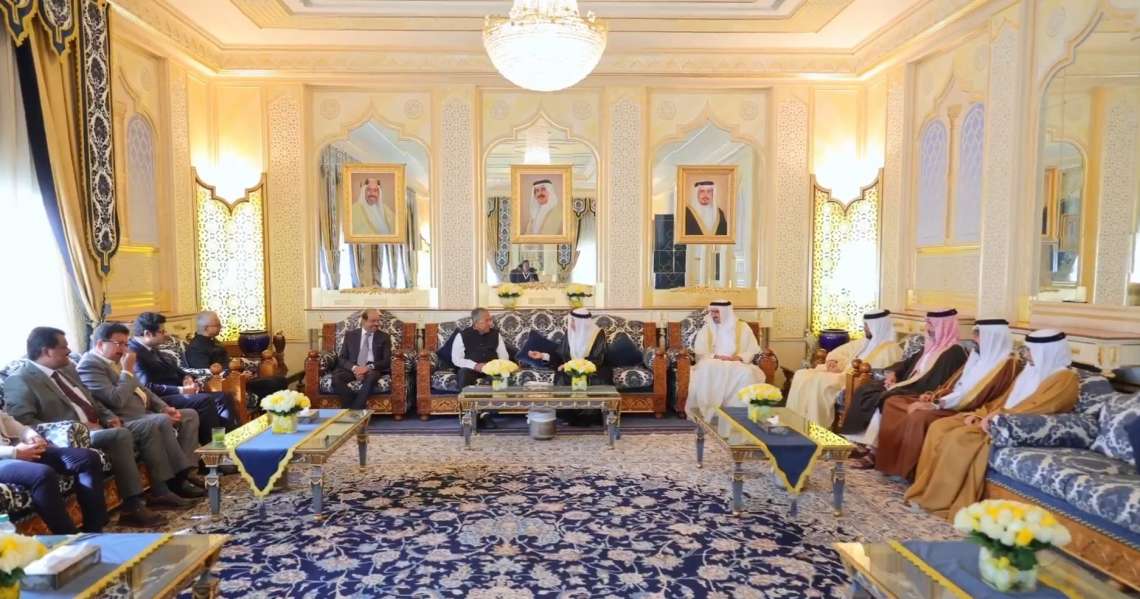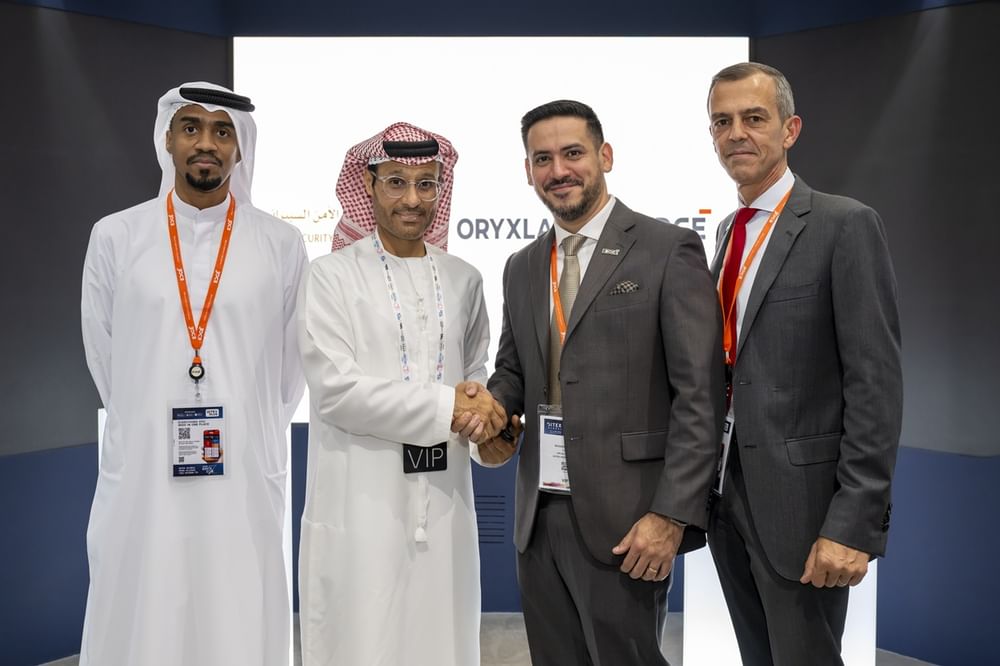Dubai’s unemployment rate of 0.5 per cent significantly below global average … reports Asian Lite News.

Dubai Statistics Centre, DSC, today announced the results of its Labour Force Survey 2017. The findings of the Survey reveal that Dubai had an unemployment rate of 0.5per cent in the last year, a figure that is significantly lower than the global average.
Arif Al Muhairi, Executive Director of Dubai Statistics Centre, said, “The results of the Labour Force Survey 2017 reflect the flexibility and strength of Dubai’s economy, which has a high employment rate in various sectors.
Total employment in Dubai reached 2,778,000 in 2017, out of which emirate’s resident workforce numbered 2,077,603 while its non-resident workforce (workforce residing outside Dubai) totalled over 700,000. Over the last three years, Dubai’s labour market has added an average of 110,000 people annually to its resident workforce.”
The 2017 Survey results show that the overall economic participation rate (percentage of employed people in the total working-age population) increased in 2017 by nearly one percentage point to reach 83.1 per cent from 82.2 per cent in 2016. Female workers accounted for the largest share of the increase in the economic participation rate, rising 4.3 per cent to reach 53.6 per cent in 2017, compared to 49.3 per cent in 2016.”
The economic participation rate of Emiratis increased by 3 percentage points to reach 51.1per cent. Emirati men had an economic participation rate of 65.4 per cent while the corresponding figure for Emirati women was 37.4 per cent. These high rates reflect the positive impact of government policies designed to promote gender balance and greater economic participation among Emirati men and women.
Revealing details of the unemployment rate of Emiratis residing in Dubai, Al Muhairi said, “The rate increased by half a percentage point, from 2.9 per cent in 2016 to 3.4 per cent in 2017. The unemployment rate of Emirati men increased by 0.6 per cent, from 2 per cent in 2016 to 2.6 per cent in 2017 while that of Emirati women increased by half a percentage point from 4.4 per cent in 2016 to 4.9 per cent in 2017, bringing the total number of unemployed Emiratis residing in Dubai to 2,851.”
The Survey results reveal that the composition of the Emirati workforce is markedly different from that of non- Emiratis. A quarter of employed Emiratis work as technicians and associate professionals (25.7 per cent), while about a quarter of employed non- Emiratis are craftsmen (24.1 per cent). More than a third of Emirati women work in specialised occupations that require high education, skill and competency while 28.7 per cent of Emirati men work as technicians and associate professionals.
Legislators, senior officials and managers among Emiratis make up 14.3 per cent of the total Emirati workforce. The category of leaders accounts for 15.2 per cent of the Emirati male workforce and 12.9 per cent of the Emirati female workforce. It was also found that 9.3 per cent of the total workforce belong to the categories of legislators, senior officials and managers; 14.3 per cent of employed Emiratis and 9 per cent of employed non-Emiratis belong to these categories.
Employees in the category of specialists accounted for 13.3 per cent of the total workforce; specialists account for 23 per cent of the Emirati workforce and 12.9 per cent of the non-Emirati workforce. Technicians and associate professionals make up 11.3 per cent of the total workforce; this category accounts for 25.7 per cent of the Emirati workforce and 10.7 per cent of the non-Emirati workforce.
The survey also broke down the total workforce in Dubai by economic activity, Results showed that 27.6 per cent of the labour force work in the construction sector, 17.9 per cent in the wholesale and retail trade sector and 8 per cent in manufacturing. As much as 54.7 per cent Emirati employees work in public administration, defence and compulsory social security, while 28.7 per cent of non- Emiratis work in construction.
Al Muhairi highlighted the fact that the participation of men and women show variation across different economic activities. “About 61.5 per cent of the Emirati male workforce have jobs in public administration and defence compared to 42.6 per cent of females. About 9 per cent of Emiratis work in transportation and storage activities and 8.2 per cent work in wholesale and retail activities. Women working in finance and insurance activities represent 13.8 per cent of the total Emirati female workforce while those working in education account for 7.9 per cent.”
The Survey results also show that 63.3 per cent of the total workforce hold a secondary education certificate or higher qualification while 34.1per cent hold a bachelor’s degree or higher qualification. The majority of employed Emiratis have educational qualifications; 42.2 per cent hold a bachelor’s degree or higher qualification; 52.8 per cent of employed Emirati women and 35.8 per cent of employed Emirati men have a bachelor’s degree or higher qualification.
The term ‘unemployed’ refers to an individual who is not working while he or she is capable of doing so and is actively looking for a job. The vast majority of unemployed people in Dubai – 98.8per cent – are in the age group of 20 to 39 years. Youth in the age group of 18-24 years represent 39 per cent of the total number of unemployed people in the emirate.
Emiratis in the 18-24 age group account for 48 per cent of a total of 2,851 unemployed Emiratis while non-Emirati youth in the same age group make up 35.6 per cent of a total of 7,196 unemployed non-Emiratis.”
The majority of unemployed people residing in Dubai hold a secondary certificate or higher qualification. Out of a total of 10,047 unemployed people, 76.5 per cent hold a bachelor’s degree or higher qualification.
Unemployed female Emiratis holding a bachelor’s degree or higher qualification make up 90.1 per cent of total unemployed female Emiratis. In contrast, 22.3 per cent (more than one fifth) of unemployed male Emiratis hold a bachelor’s degree or higher qualification.
People with preparatory education account for 6 per cent of unemployed people. Emiratis with preparatory education represent 4.4 per cent of the total number of unemployed Emiratis while the corresponding figure for non-Emiratis is 6.7 per cent About 10 per cent of unemployed people hold a high school certificate; 33.2 per cent of unemployed Emiratis and 0.9 per cent of unemployed non-Emiratis have a high school certificate. Among the unemployed, 7.5 per cent hold pre-university diplomas; 4.1 per cent of unemployed Emiratis and 8.8 per cent of unemployed non- Emiratis hold a pre-university diploma. Holders of a Bachelor’s degree or higher qualification make up 76.5per cent of unemployed people; 58.3per cent of unemployed Emiratis and 83.6per cent of unemployed non- Emiratis hold a Bachelor’s degree.”
Al Muhairi expressed his gratitude and appreciation to all families that participated in the Labour Force Survey 2017. He said that the detailed results of the Survey can be accessed on various platforms that publish official statistical data including the DSC’s smart application, website and hotline (800-DSC-372). The public can access statistical reports and indices and obtain advisory support.
The Labour Force Survey is one of the most important annual strategic statistical projects carried out by the Dubai Statistics Centre. It is an important information resource for developing labour market plans, policies and indices.
The Survey, conducted according to the latest International Labour Organisation, ILO, recommendations and standards, identifies the demographic, social and economic characteristics of both the employed and the unemployed. The Survey also seeks to identify the main characteristics of individuals outside the labour force, including those involved full time in household duties, students, the elderly and the infirm.
The Labour Force Survey was based on a representative sample of 3,000 households resident in Dubai. The sample included 1,500 Emirati households and 1,500 non-Emirati households. A sample of 1,000 workers from labour camps also participated in the survey.








